
Specialty Eyewear
Specialty eyewear can be designed for protection, performance or just pure recreation. Learn about specialty eyewear for gaming, a range of different sports and activities, and more.

3D glasses give 3D movies an appearance of height, width and depth (three dimensions) for a more immersive viewing experience.

Dr. Gary Heiting shares what types of swimming goggles and snorkeling or diving masks, including prescription, protect your eyes and sharpen vision underwater.
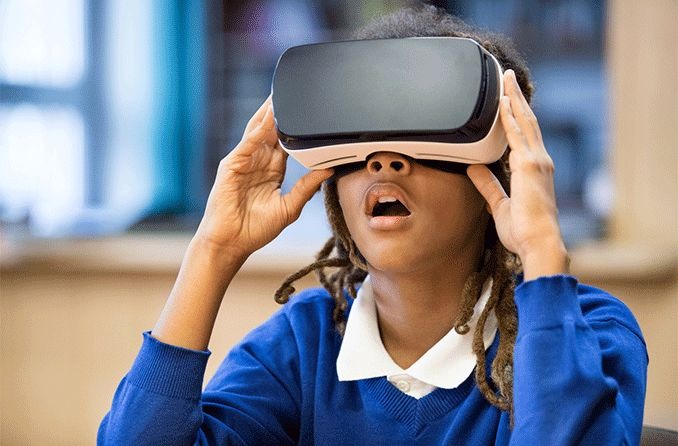
Virtual reality headsets are becoming much more common. Many people, particularly parents, want to know if wearing them can affect their vision.

Learn everything you need to know to buy prescription goggles for swimming: brands, cost, coverage, lenses and more.
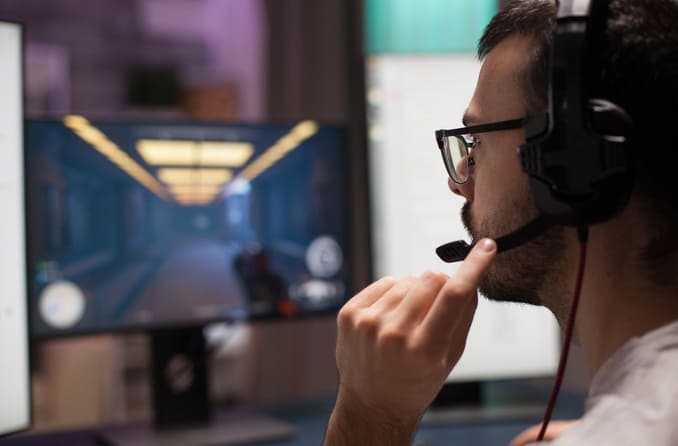
Gaming glasses claim to reduce eye strain and improve reaction times — but do they work? Learn how gamer glasses work for some and how they affect your vision.
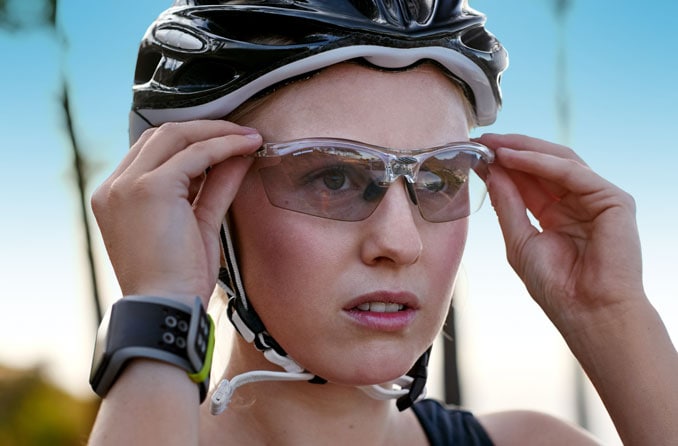
Find out which sports eyewear is best for protecting vision while enhancing athlete performance.
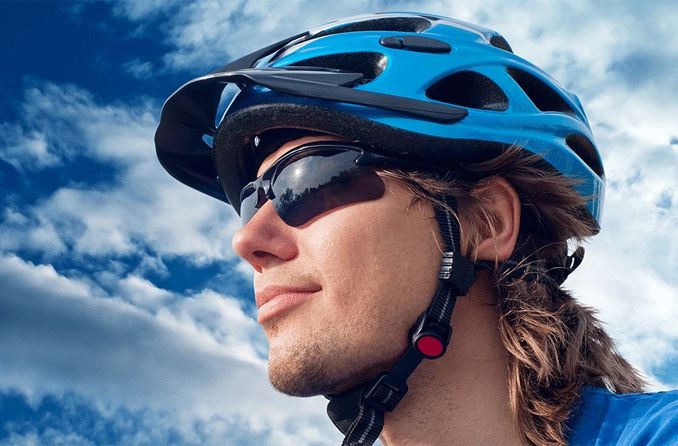
How high-performance eyewear can boost sports performance — and what you should know about sport eyeglasses and sunglasses.
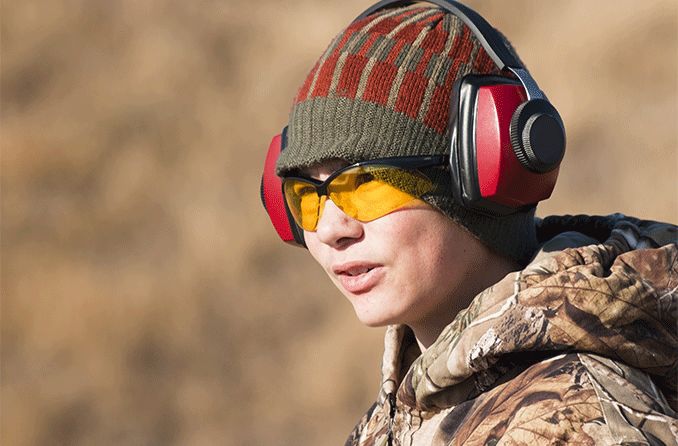
Prescription shooting glasses are crucial to protecting your eyes and vision whether hunting or on the gun range. Find a pair with the right protection.
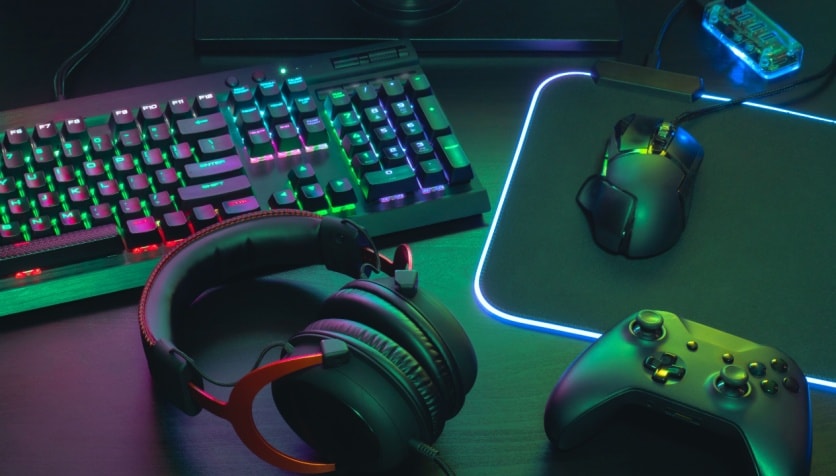
GUNNAR Optiks specializes in safety eyewear protecting eyes against digital strain caused by extensive screen time.
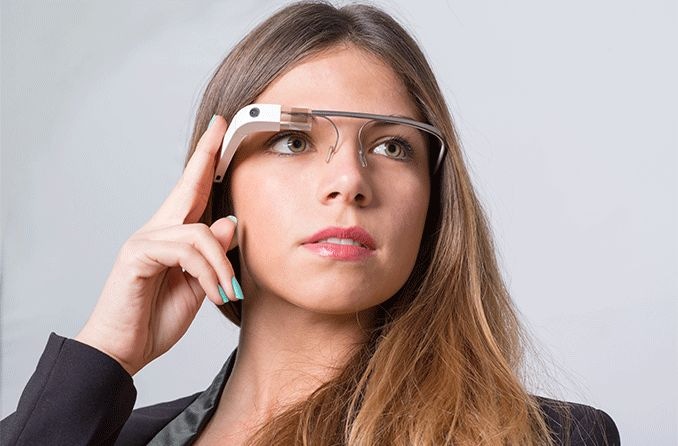
The pioneering tech that revolutionized the way we interact with the world, Google glasses blend the real and the virtual for a truly augmented experience.

Night vision goggles and binoculars can be a handy way to see things in the dark. Find out more about these devices and what they’re used for.

Prescription safety glasses help prevent and minimize workplace hazards. These glasses come in varying sizes, shapes and frames that are suitable for workplaces.
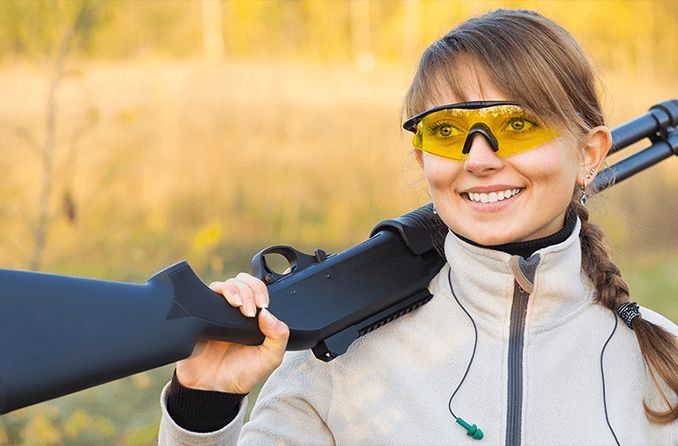
Features to look for in hunting or shooting glasses, as well as how to choose the best lenses for you.

12 tips on how to buy ski goggles. Learn about lens tints, anti-fogging, wearing over glasses, Asian fit, more.

Learn which types of ski goggles work best to protect skiers and snowboarders from snow and wind.
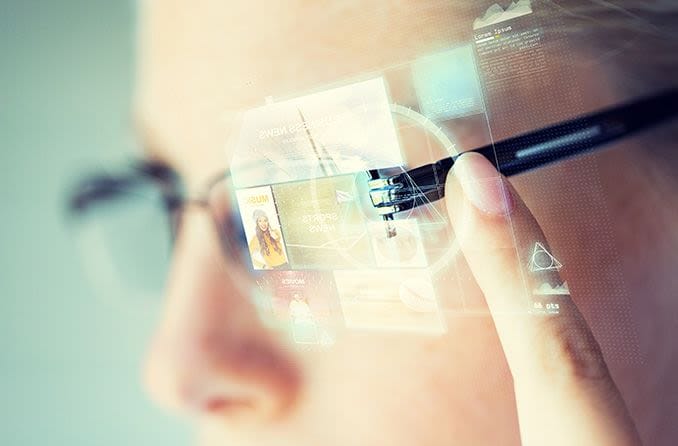
Our guide to smart glasses includes their origin with Google Glass, how they work, what’s next and challenges and issues raised by new vision tech.

Spy glasses are futuristic devices that can change the rules of surveillance with ease. But, this is just the tip of the spy glasses iceberg.

Looking for onion goggles because you’re tired of crying in the kitchen? We tested top brands to see if they really work and find the best onion goggles.
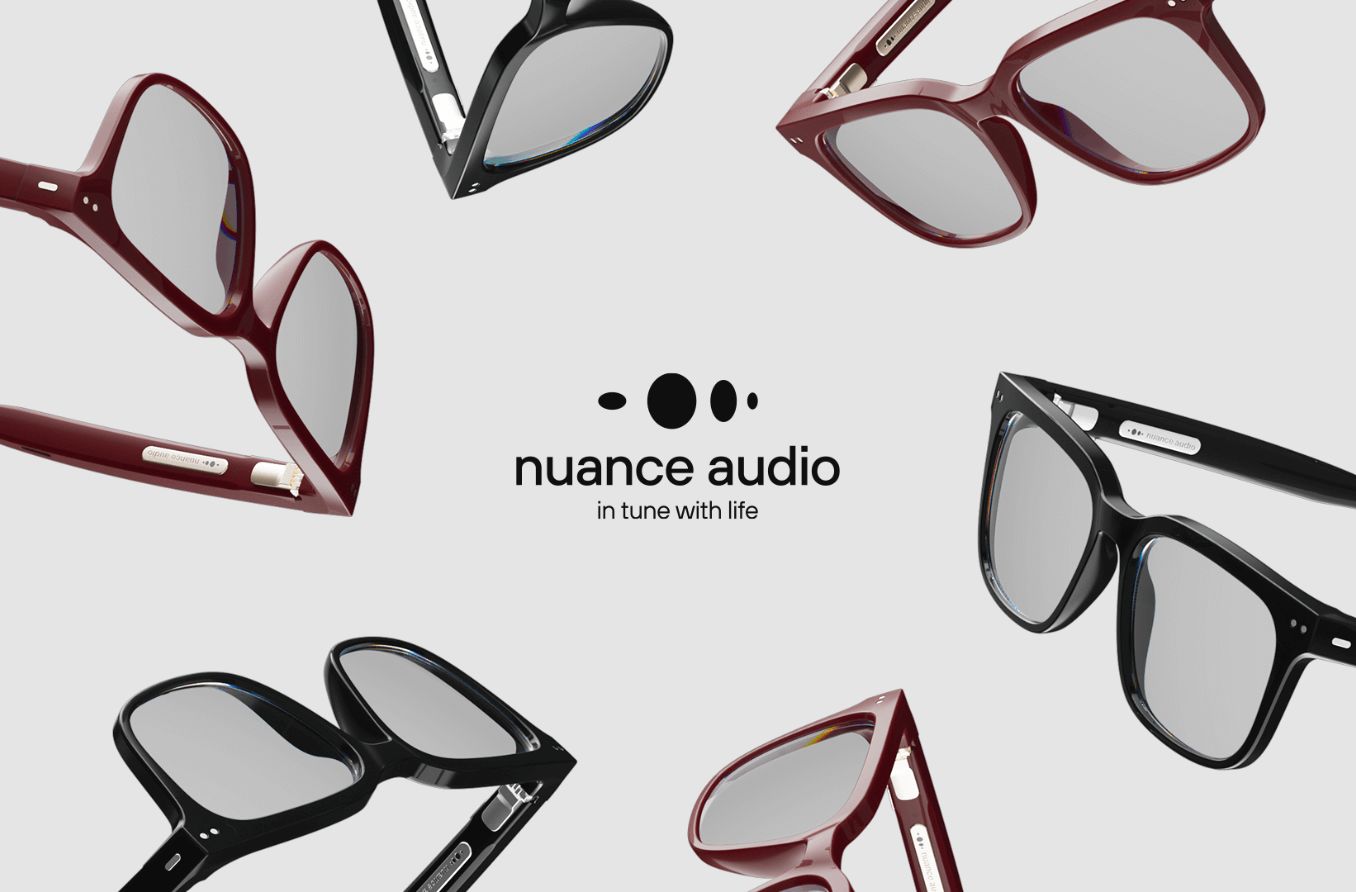
Learn about Nuance Audio glasses, EssilorLuxottica's new eyewear that corrects vision and amplifies mildly and moderately impaired hearing.
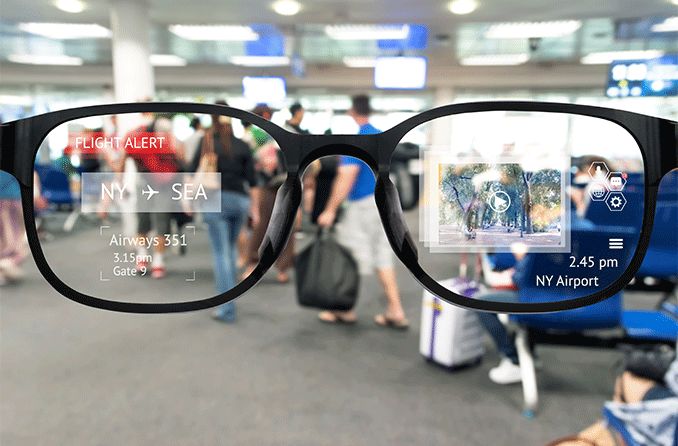
Augmented reality (AR) glasses are designed to enhance reality with the digital projection of information onto wearable lenses.
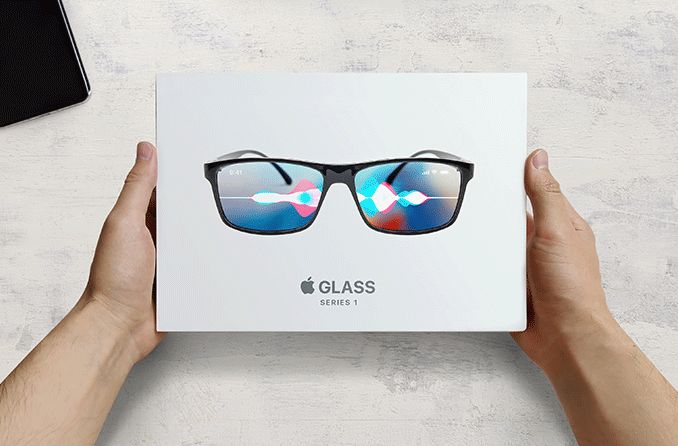
Rumors about Apple Glasses have been around for years, but the company itself has remained quiet. Here’s what we know so far.
All About Vision and AllAboutVision.com are registered trademarks of AAV Media, LLC. © 2000-2025 AAV Media, LLC. The content on this site is for informational purposes only. All About Vision does not provide medical advice, diagnosis or treatment. Contact an eye doctor if you need medical attention.